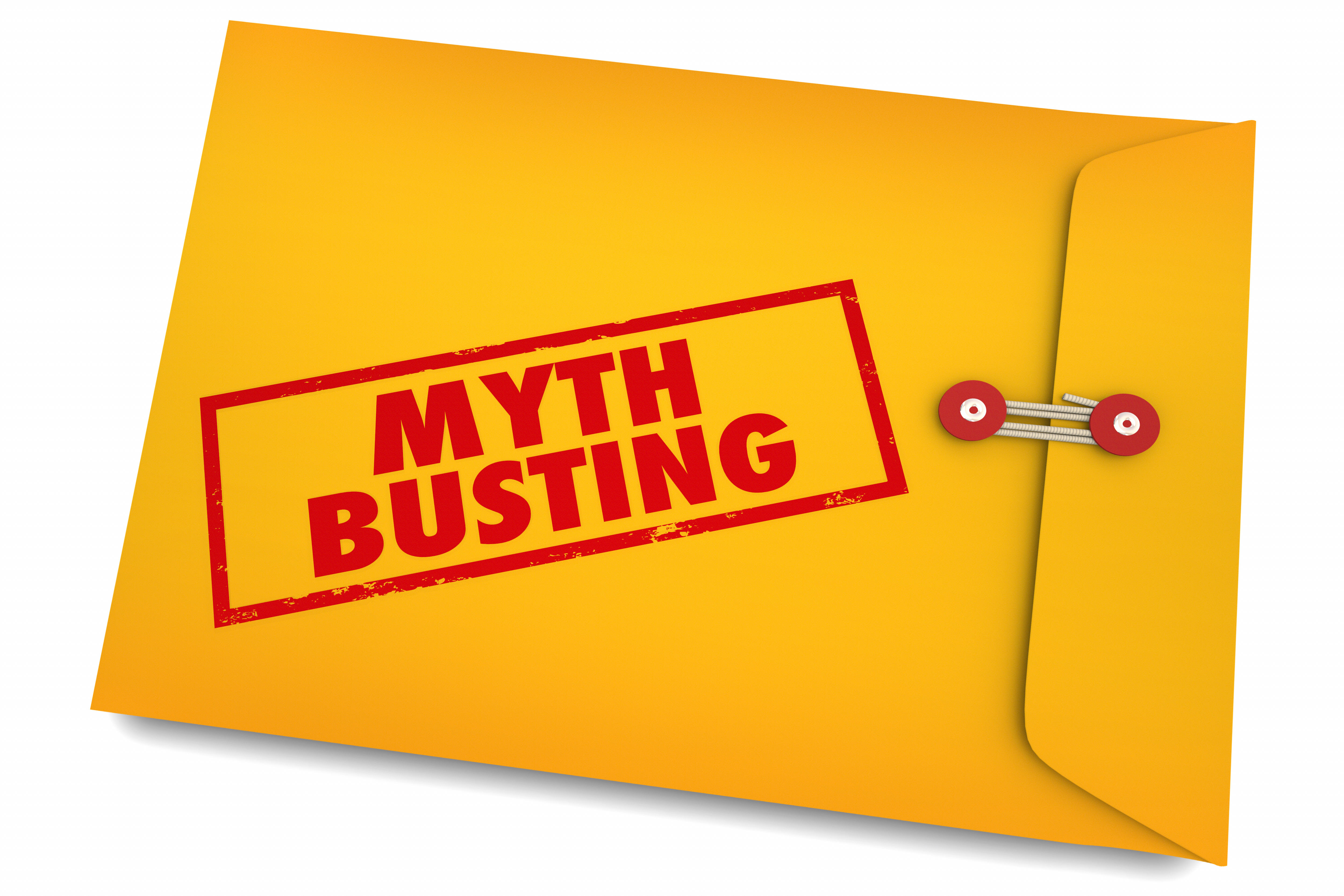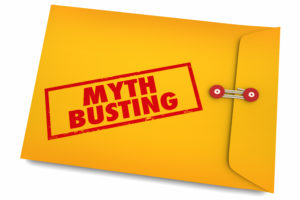For Every Myth, Be a Mythbuster
 Your business or practice may have nothing to do with joint pain, but in every field, certain “facts” are pretty twisted, as Kate Rockwood points out in “5 Myths About Arthritis” Rockwood’s format of describing each myth, then offering “mythbuster” facts can be highly useful in content marketing on any subject.
Your business or practice may have nothing to do with joint pain, but in every field, certain “facts” are pretty twisted, as Kate Rockwood points out in “5 Myths About Arthritis” Rockwood’s format of describing each myth, then offering “mythbuster” facts can be highly useful in content marketing on any subject.
Myth: If your joints hurt, it’s arthritis.
Mythbuster: Joint pain can be caused by infection, injury, or bursitis (swelling of the fluid filled cushioning in joints).
Myth: Exercise wears down joints.
Mythbuster: Low impact aerobic exercise doesn’t damage joints; staying active lessens pain.
Myth: Arthritis is an old person’s thing.
Mythbuster: Arthritis can be present at any age.
Discovered a mild case – or an epidemic – of counterproductive thinking when it comes to your industry or profession? Content marketing is the perfect medium for “mythbusting” to dispel that counterproductive thinking. The content offered in your posts gives you the power to clear the air, replacing factoids with facts, allowing readers to see their way to clear to making decisions.
Myth-busting is a tactic content writers can use to grab online visitors’ attention, we teach at Say It For You. Citing statistics to disprove popular myths gives business owners the chance to showcase their own knowledge and expertise.
On the flip side, since one of the purposes of online marketing is to attract potential customers, it would be a tactical mistake to appear as if we’re out to prove visitors wrong. The position you want to take is that sometimes reality is counterintuitive, and that you’re here to help, not do a “gotcha!”.
You’d think “flushable wipes are flushable”, right? Simply Green busts that one: Most wipes, including those labeled “flushable,” are made from a blend of materials including polyesters, plastics, and other synthetics. These materials create a fabric-like texture that does not dissolve when flushed.”
You might think washing your hair every day causes hair loss. Natura busts that one – Washing simply gets rid of hair that’s already fallen out.
You might think that employees leave for more money. Alignmark says that’s rarely the cause.Employees would rather stay with their company and grow than go to a new organization and establish their credibility from scratch.
You might think that content marketing involves campaigns. Not true, Ann Gynn of the Content Marketing Institute points out. Good content marketing is an initiative, not a quick-fix campaign; it should evolve, but never stop.
For every myth, be a mythbuster.





Follow us online!